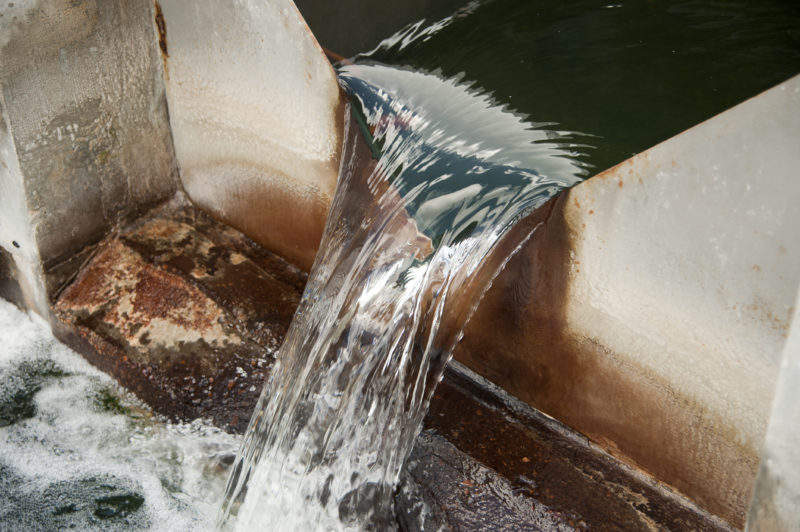
Scientists from the University of Bristol and Paraba State University in Brazil have discovered a method of reusing plastic to break down harmful dyes in wastewater.
The joint research team found that polystyrene, commonly found in packaging, can be frozen and expanded to a solid state and then coated with toxin-fighting nanoparticles.

Discover B2B Marketing That Performs
Combine business intelligence and editorial excellence to reach engaged professionals across 36 leading media platforms.
These photocatalytic nanoparticles are then able to break down harmful contaminants, such as synthetic dyes used in the clothing industry which contain toxins that are dangerous to humans and animals.
“This research suggests a promising approach to turn some of the vast amounts of plastic white pollution into a resource for tackling environmental damage elsewhere in the form of water materials for treatment,” said University of Bristol School of Chemistry Professor Julian Eastoe.
In the study, polystyrene was frozen with cyclohexane as a solvent, which has a freezing point of +6°C. When the solvent is removed, an expanded solid plastic polystyrene foam is left behind, forming a high-surface area material that can support the photocatalytic nanoparticles.
Contaminants can then be broken down by active oxidation processes to turn pollutants into less harmful end products, such as water and carbon dioxide.

US Tariffs are shifting - will you react or anticipate?
Don’t let policy changes catch you off guard. Stay proactive with real-time data and expert analysis.
By GlobalData“Recent studies have demonstrated that these pollutant dyes are responsible for serious damage to aquatic ecological systems: the development of methods for removing these compounds from industrial effluents is becoming increasingly important,” said Eastoe.
“This breakthrough will be of interest to water companies worldwide and the next stage will be to see how it might clean-up other pollutants.”
To prevent the catalyst material from finding its way into the ocean, it would ‘have to be contained in cartridges which can be inserted/removed in wastewater treatment flows.’
There is also the chance that the polystyrene would leak its own potentially harmful chemicals into the water, with Eastoe saying: “Yes, that is a potential problem, which would need to be addressed by a secondary treatment step to trap out the low-level hydrophobic contaminants which might leach out.”
The paper was published in ACS Applied Materials and Interfaces.





